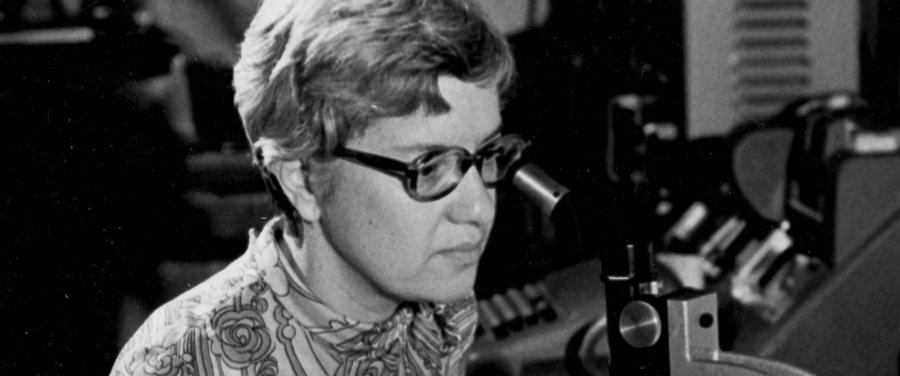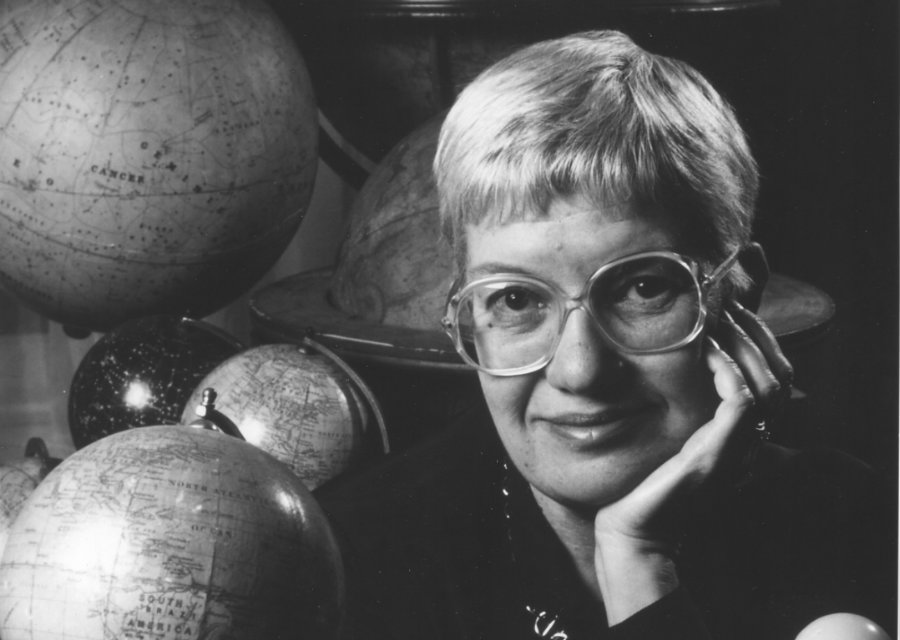Vera Rubin, one of the most emblematic astronomers, died at 88 on Christmas day. Vera was known to be a role model for women in astronomy, but she will not be remembered for being a woman but for her contributions to science, including the confirmation of the existence of black matter in the 70’s.
Vera battled gender discrimination her whole life. Her discoveries revolutionized the way astronomers study the universe. According to her son, she died at 88 on December 25 at an assisted living facility in Princeton, N.J. She had dementia.

“…my numbers mean more to me than my name. If astronomers are still using my data years from now, that’s my greatest compliment” said once Dr. Vera Rubin.
Vera Rubin: a life dedicated to science and gender equality
The giant of astronomy, Vera Rubin, was born on July 23, 1928, in Philadelphia, Pennsylvania. She moved to Washington with her family when she was ten years old. She studied astronomy as an undergraduate at Vassar. She wanted to enroll into graduate school in Princeton during the 40’s, but they told her they didn’t accept women in the graduate astronomy program. They started accepting both genders in 1975, despite the significant role women had in astronomy during the 20th century.
She completed a master’s degree in physics at Corner, where she studied alongside important figures such as Hans Bethe and Richard Feynman. As a girl, she built a rudimentary telescope using a cardboard tube.
Later, she went to Georgetown University, when she received her Ph.D. in 1954. She went to classes at night, and her husband waited for her in the car since she didn’t know how to drive. She managed to fulfill her aspirations as an astronomer while taking care of her four children.

“I worked for almost all of my early career as a part-time person so that I could be home at 3 o’clock, and that was after they were all in school,” Dr. Rubin told Discover magazine in 2002. “It was almost overwhelming. I did a lot of my work at home.”
She also struggled to get admitted to leading observatories. In fact, Rubin became the first woman ever to receive a formal approval to use the Palomar Observatory in Southern California in 1964. She also taught part time at the Montgomery County community college at Georgetown. In 1962, Rubin joined the faculty at Georgetown. In 1965, she moved to the Department of Terrestrial Magnetism at the Carnegie Institution in Washington, where she remained for the rest of her career.
Her husband, Robert Rubin, died in 2008 when he was 59. He was a physical chemist. Their four children received doctorates in science or mathematics. Rubin lost a daughter, astronomer as herself, in 2014.
When Rubin proved the existence of black matter she changed astronomy
Rubin’s early research included the study of the motion of galaxies. She compared the Milky Way galaxy to a broad cross-section of distant galaxies, about 200 of them. She showed that the Milky way has a significant velocity relative to the background Hubble flow. But her biggest breakthrough came a few years later, primarily alongside physicist W. Kent Ford.
They studied the Andromeda galaxy, and they stated that the rotation of Andromeda was anomalous. Andromeda’s outskirts have such a fast rotation that they should’ve flown apart. This was something observed by astronomer Fritz Zwicky, 40 years earlier, but the results were not appreciated at the time.
Thought her discoveries on the dark matter were first received with skepticism by the scientific community, she said that the distant regions of galaxies contained considerable amounts of a dense, unseen mass, or dark matter. According to her research, this black matter affected everything including the way stars move and the gravitation that shaped galaxies.
Rubin and Ford were not the first to talk about dark matter, as it has been observed since the 1930’s. However, they proved its existence changing the way astronomers see the universe.
Dark matter is a substance that exists among stars in distant galaxies. Its precise composition is still unknown. However, scientists believe that 84 percent of cosmos consist of dark matter.
“So important is this dark matter to our understanding of the size, shape, and ultimate fate of the universe,” Dr. Rubin wrote in Scientific American in 1998, “that the search for it will very likely dominate astronomy for the next few decades.”
Rubin should have won a Nobel Prize for her contributions
Rubin received a considerable amount of awards for her works. She was the second woman to receive a Gold Medal of the Royal Astronomical Society. As well, Rubin was a member of the US National Academy of Sciences, and she received the National Medal of Science in 1993. But many astronomers said that the Nobel Prize overlooked her because of her gender. The last woman to win a Nobel Prize in physics was Maria Goeppert Mayer, in 1963. The only other women to win a Nobel Prize in physics was Marie Curie in 1903.
Source: The Washington Post
